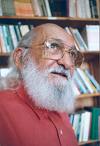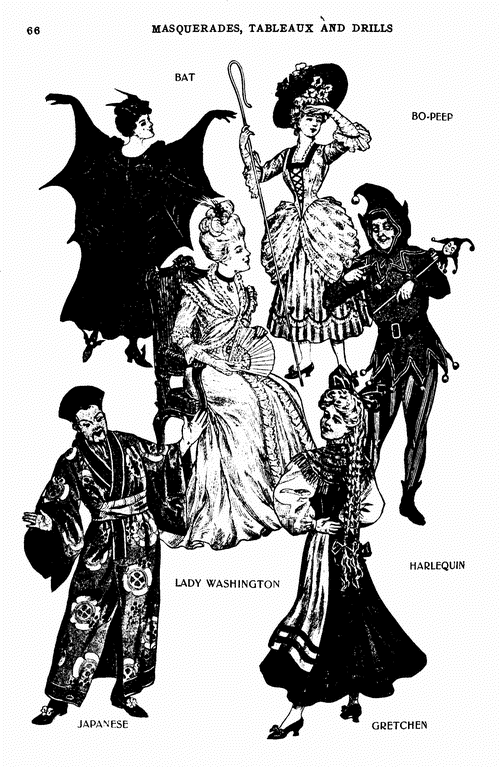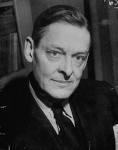
Who speaks? Who listens? And why? Caring about whether all students fulfill their responsibility to contribute to learning in the classroom is not a common approach….
It has been my experience that one way to build community in the classroom is to recognize the value of each voice.
-bell hooks, Teaching to Transgress
My work is done in a variety of settings. As is my colleagues’ work. I see hear and feel their frustration with program participants who “don’t get it” or whom they suspect they cannot reach. Like students, leaders/teachers/facilitators themselves, approach topics of inquiry with a template in place. This template filters out new learnings by maintaining a story. And the ‘story’ is that which maintains ego, confidence, solid ground, body and mind, and so on. The story is not created in one instant.

A careful analysis of the teacher-student relationship at any level, inside or outside the school, reveals its fundamentally narrative character. This relationship involves a narrating Subject (the teacher) and patient listening objects (the students). The contents, whether values or empirical dimensions of reality, tend in the process of being narrated to become lifeless and petrified. Education is suffering from narration sickness.
–Paolo Freire, Pedagogy of the Oppressed
Because we leaders are rarely conscious of the ideas informing our sessions, we struggle instead to convince, cajol and persuade (a topic for another entry). Because pedagogy is a dirty word in arts education our sessions can only blossom so far. Most often, the learning time, then, becomes an unspoken, titanic wresting of the templates. To some degree this is an organic learning process. To another it is simply a waste of time.
Everyone enters the room with expertise. This idea informs every creative or other session I lead. I’ve made it to 45 and have never met a person sans expertise. As a leader it is my role to guide that expertise towards the group goal or toward new learnings – for the participants and myself. Not to manipulate, but guide. The challenge is to enter with your wisdom and make room AND SUPPORT the other wisdoms being offered.
A word about the integrity of artistic practice in creative sessions. I am an artist and an educator. I have worked and trained for many, many years in my arts and pedagogical practices. In my creative sessions the art form and what it demands is honored. Perhaps, it is practiced; it is never perfected. By me or anyone else. So, yes, while everyone’s voice needs to be heard, ‘voice’ can be released in a million ways. Perhaps in a movement sequence, perhaps in a rap, perhaps in a scene. As hooks suggests above, what matters is getting heard and aiming high. I ought to leave my sessions surprised at my capacity and that of the participants I’m leading.
So how to get the voices heard? For background, all arts educators could be familiar with Paolo Freire and Howard Gardner. Freire wrote the Pedagogy of the Oppressed articulating traditional education as actually a banking system of teaching which reflected its capitalist context. When you read Freire you discover that everyone who enters a teaching environment has expertise and, as a teacher/facilitator, you’re a fool if you don’t recognize that.
On the other hand, you’re the one with experience and expertise on a particular subject, right? As a leader, as a teacher, it is your job to guide the inquiry so that all voices are heard, all expertise is honored but that the acquisition of knowledge by yourself and the participants might occur.
One way that I’ve often solved this is to use Gardner’s theories around multiple intelligences. I don’t know about you but I’m always looking for different ways in (strategies). Gardner encourages me to think broadly about the different forms in which expertise presents itself: as spatial intelligence, musical or rhythmic, inter/intra-personal, visual, kinesthetic, etc.
We can use this information to devise exercises that allow students to approach material using their interest and expertise which leaves them open to the integration of your own expertise. For example, let’s say our topic is power dynamics. We’ll pretend we haven’t read Boal. Now, Phenomenology of the Spirit might be a bit to slog through – or not. You can use
Tell Me the Story – And Your Own
created by thom vernon
Directions:
1. Give each students a piece of the text or a piece of the topic of inquiry. They are responsible for this piece. Send them off with it and ask them to use their interest and intelligence (music, movement, writing, improvisation, technology, etc.) to guide the class’ learning about that section of the text – with your guidance. In the past, I’ve had students come back with collages from newspapers and magazines, chalk drawings, raps, dubs, monologues, photo essays, etc.
2.Ask them to share what they have understood or learned of the text in their way. This could be the presentation of a movement piece, a dub, a rap, a painting, etc.
3.Guide the class in interrogating the piece critically. Review respectful rule of engagement. Keep it about the learning: what is received? what else would help to make the story clearer? who else needs to be involved? etc.
4. then, ask the student to guide the class as we come up with a collage, a chalk drawing, a rap, a dub, a monologue, etc.
Now, students have taken responsibility for their learning, exercised their expertise and their capacity and yours – in their voice.













